I was talking to someone recently who asked me what kind of photographs I make. I paused for a moment to ponder this basic but critical question, then answered that I specialize in photographing the details of nature. Although I revel in capturing the majestic grand scene when the elements all come together, I prefer focusing on the intimate landscape. Rather than describing the full scene in front of me, I zoom in tightly, attempting to imbue my images with magic and mystery by isolating unique details I discover. By creating photographs where the content or orientation is not immediately apparent, a magical, mystical feeling may come through. I would rather make an image that asks a question than answers one; that intrigues and arouses curiosity in the viewer.
“And you may ask yourself: Well…How did I get here?”
(lyrics by Talking Heads, Once In A Lifetime)
Many of my essays on landscape photography have shared my thoughts on how best to develop thematic portfolios, a distinctive style and a career as a creative landscape photographer. Perhaps if I share some ideas and stories about my career, they will help you with your own landscape photography.
Over the years, I have gained a sense of myself as a photographer, finding a certain clarity about what inspires me to photograph and what I wish to communicate. Fortunately, this clarity came early in my career. In my college years, I studied the works of landscape masters such as Eliot Porter and Paul Caponigro who focused more on the details of nature rather than the broad, descriptive view. Just a few years after buying my first camera in 1974, I moved to Yosemite and never left.
Living in or just outside the park continuously since 1977 has been key to my development as an artist. After a few summers working for the National Park Service, I was hired to be the photographer-in-residence at The Ansel Adams Gallery. I got to know Ansel and attended many of his summer workshop sessions; meeting other world-class photographers such as Ernst Haas, Joel Meyerowitz, and Jerry Ulesmann. I started teaching photography to park visitors, taking them for daily “camera walks” in the meadow near the gallery. I learned to make my own color prints, ironically, in Ansel’s Black and White darkroom. I listened to the photographers I met and explored this famous landscape.
Photographers find their voice when they discover what subjects move them most deeply. That passion, that emotion from within is the magic element. An excellent way to concentrate one’s attention is to develop thematic portfolios based on those emotional connections. The first phase of this development is to see what themes exist in your photographs, which of those that are the most promising and to start editing the images into a portfolio that exemplifies your best work.
There are two primary requirements for an exceptional collection: there must be a coherent theme that moves you and motivates you, and there should be consistent quality. In any situation where you show your work, great images are diluted when average photos are included to “fill out” your presentation.
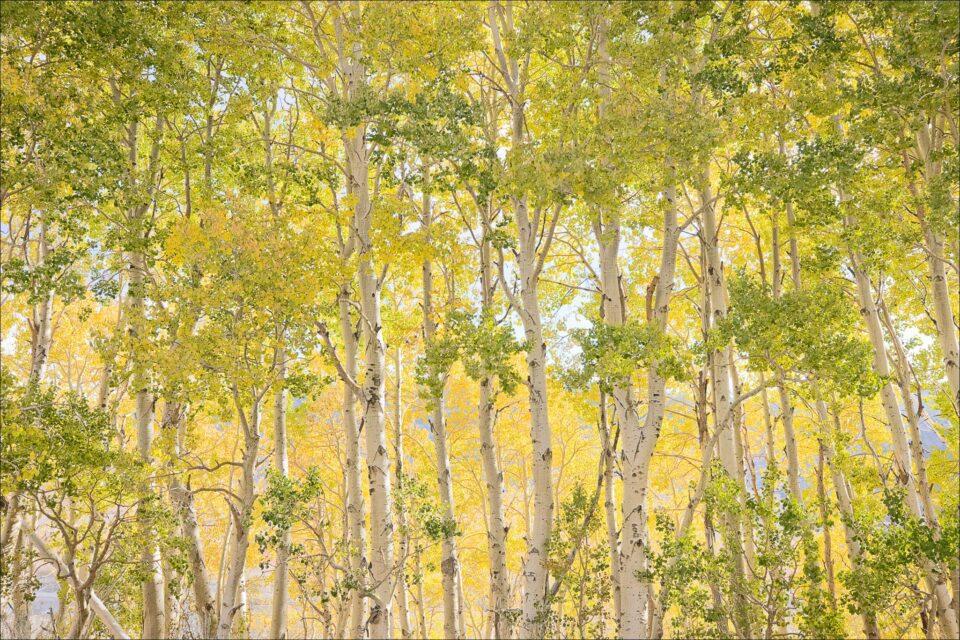
It is important to remember that learning to think in themes is an ongoing process that can continue for years or even decades. As you begin to assess the current level of your work, you also learn to maintain that standard of quality using your editing skills and become conscious of ways to improve your future efforts.

There is no set way to do this, so we must learn to trust our own instincts and observations, and listen to the opinions of others we respect. Those instincts depend on how well we feel an image translates our vision, plus the equally subjective process of comparing our photographs to those of others.
With a long-term persistence and commitment to my portfolios, every year I’ve made a few new top-level images, slowly building the depth of each theme. The payoff shows in a new retrospective book published recently. The photographs are organized by those central themes: an in-depth look at my Landscapes of the Spirit work; my recent Antarctic Dreams series; a Black and White portfolio entitled Meditations in Monochrome; my By Nature’s Design series of patterns in nature imagery; a portfolio of my ICM (camera motion) work called Impressions of Light; and last but not least, a collection of Yosemite photographs I call Sanctuary in Stone. The titles are notable because they encapsulate the ideas and passion for each theme, they guide the viewer towards those ideas. More importantly, a theme concept can inform your efforts in the field and subsequent editing sessions. When editing, you not only judge both technical and aesthetic aspects, but you consider whether the photograph adds depth and quality to your chosen theme.

Although the Antarctica photographs were made over only a five-day voyage, my other themes are collections created over four decades. My B&W images offer an example of where the inspiration began. Although I’ve gravitated to working in color, early on I was more strongly influenced creatively by Black and White masters Minor White, Edward, and Bret Weston, Wynn Bullock, and Paul Caponigro. Seeing the abstract, mysterious, and less literal landscape imagery these photographers often made, I was inspired to strive for the same effect in color. Many years passed as I pursued this goal. Digital technology eventually progressed to the point that allowed for high-quality B&W software conversions from digital capture and scans of my color film. When a corporate art project for B&W murals was presented to me, I happily dove into the editing and processing of images from my 4×5 film archive. The project led me to expand my initial selections into a full-fledged theme, transforming a long latent passion for the B&W landscape.
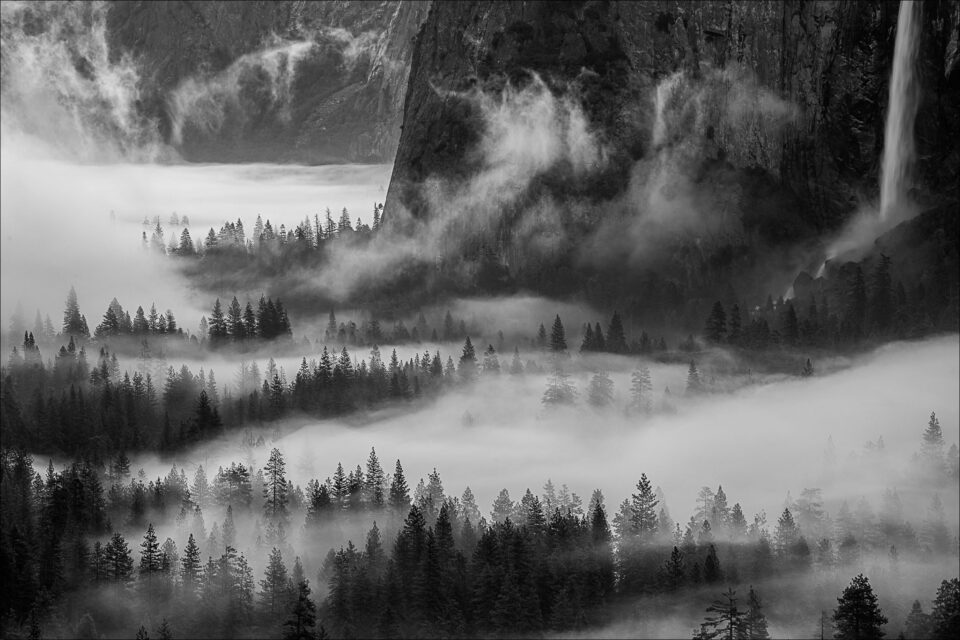
I recently prepared an exhibit for The Ansel Adams Gallery in Yosemite. The gallery has been showing my prints since 1983 when Ansel himself approved of my representation there. Each exhibition there has taken on a different flavor depending on the curator, the season and what new images I have made. When deciding what to print, I have naturally focused on showing my most creative work, but the final choices are a collaboration between myself and the curator. Each gallery I work with has a different clientele and curatorial focus and know their customers best.

Writing an artist’s statement is an excellent way to give voice to a theme concept and guide the viewer to understand your point of view whether for a book, exhibition or online portfolio. Of course, photographs are visual communications and should speak to us directly without verbal definition. However, writing can add significant depth to the impact of images on any project. Words matter. Ideas matter. For an exhibit there a few years back, I entitled it Sanctuary, and I wrote the following artist’s statement for the exhibition:
“The theme of Sanctuary provides the foundation of my exhibit selection. Preserves of nature such as Yosemite offer a sense of protection from outside forces, much as do the walls of a church or temple. From within the protected walls, the peacefulness and beauty of Nature, its quality of sanctuary, gives comfort and calm. Given this sense of Sanctuary, the creative energies of an individual are given the freedom to express what one feels, to express the connection between the soul and the beauty of Creation. I can’t speak for others, but this is what I have experienced.”

Although not entirely based on the new book, my Yosemite exhibit was a retrospective drawn from my forty years living in and next to the park. In writing a statement for the exhibition, I wrote the following words to describe my creative process.
“Seeing and feeling beauty is more vital to me than any resulting imagery. When the key elements of photography—light, composition, and emotion—are before me, I am fully engaged, yet detached, without expectations. The magic of my discoveries—whether the dramatic light of a clearing storm or an intimate detail on the forest floor—recharges my spirit with a sense of wonder. The intensity of the experience makes me feel vibrant and alive, the necessary first step to creating a transcendent image.”

I’ve had the good fortune of having my photographs exhibited and published over many years. The first book I illustrated was The Sense of Wonder by nature writer Rachel Carson published in 1990 by The Nature Company. The success of this book, reprinted in nine editions, led to ten subsequent books. Flash forward to 2017, my new retrospective book features four decades as a fine art landscape photographer. The collection, entitled William Neill, Photographer: A Retrospective features 151 images, many never before published. Included are photographs that were taken with a 35mm film camera from the 1970s and 1980s through to my current digital captures. A significant number are photographs made with a 4×5 camera and film. It was a fantastic feeling as I pulled together 40 years of photography, but there was also considerable tension as we entered the final stretch of the book building process. Writing my essays, used to introduce each theme, was a challenge, requiring I be both concise and poignant. Essays by Art Wolfe and John Weller supplement my writings in the book. With 151 images in six chapters highlighting my themes, I hope that a sense of my artist’s journey comes through.
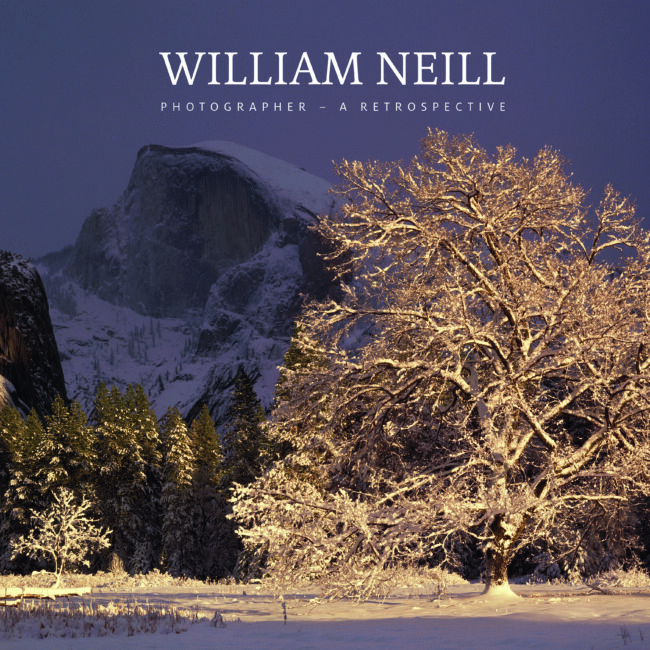
Learn to focus on your most significant sources of inspiration. Commit to seeking your own creative vision. Consider what style or themes drive your passion for photographing, and following that path even if it is “the long road” to success. Good luck and good light.
Note: Thank you to William Neill for this fascinating look into the life of a professional nature photographer! We were inspired by William’s recently released retrospective book, which you can buy here (highly recommended), and we were very happy when he agreed to write a post for Photography Life. You can see more of William’s work at his blog, Facebook, and Instagram.
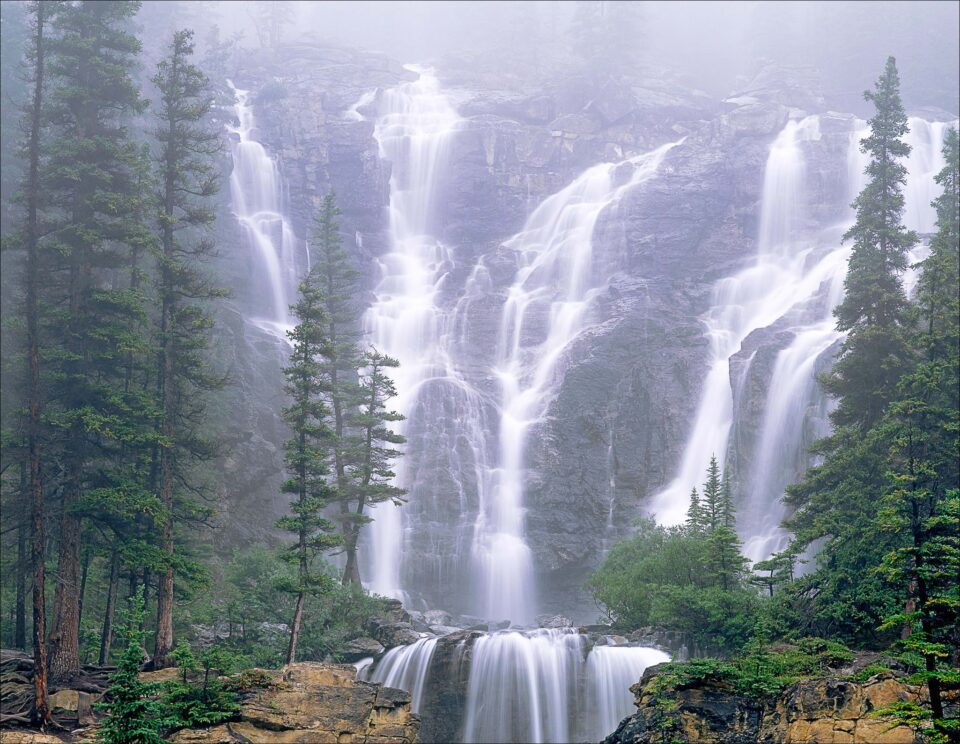
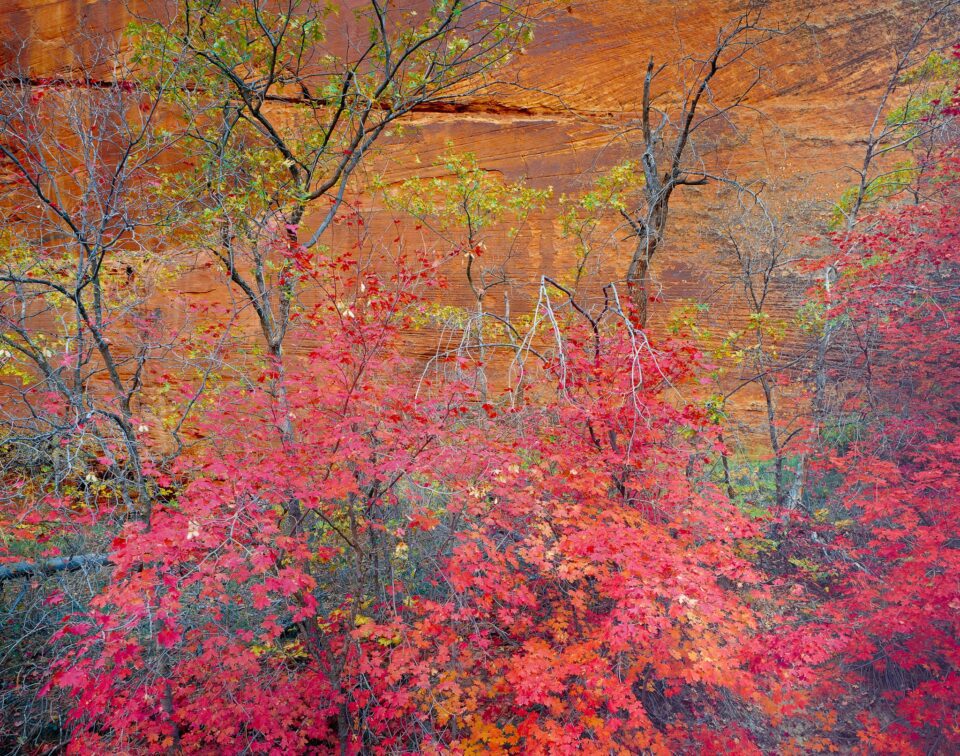
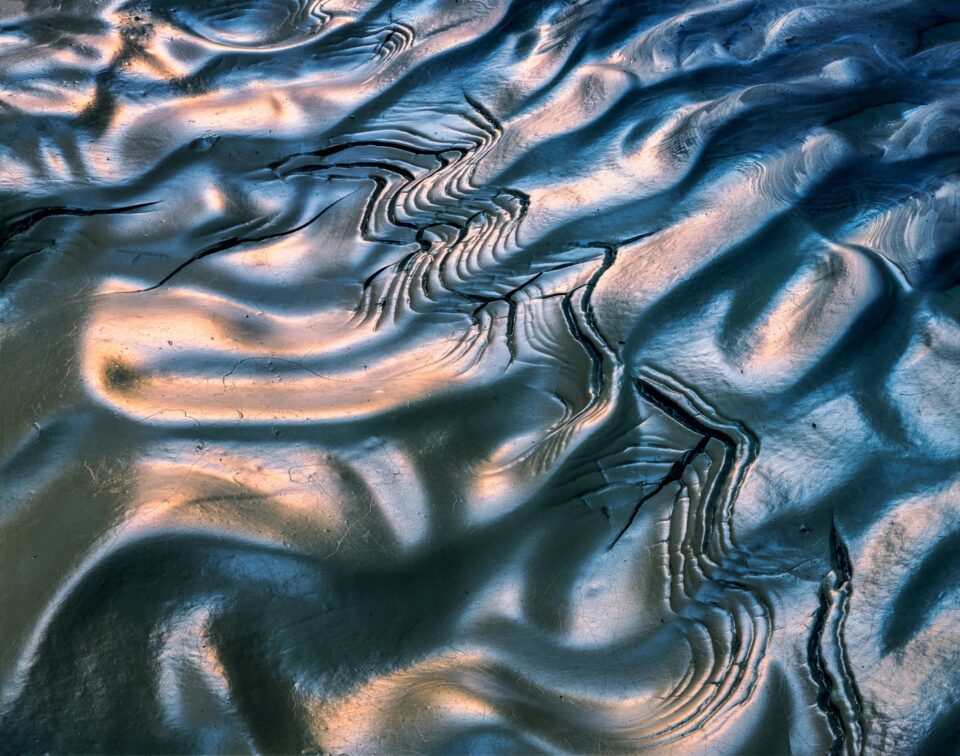
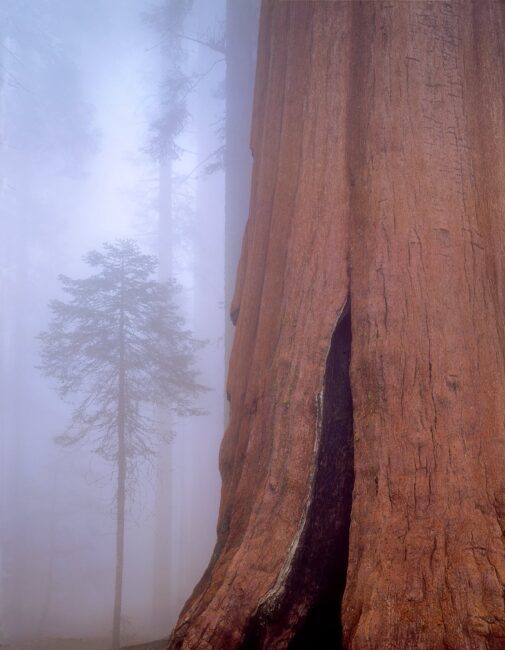
First, exquisite photographs all of them. Each has it own mark and special quality, showing your versatility as a photographer, IMO
Second, I have a technical question. I noticed most of the photos posted with your EXIF data show that you used really slow apertures, e.g. f/22, f/19, ,f/18, f/16. As a hobbyist who reads way too much online about photography and probably cares too much about “IQ” or “resolution”, I have been conditioned to stay away from such slow apertures due to diffraction (unless shooting for sun stars). I’m encouraged that you’ve used them with some liberality here. Is the typical concern over diffraction simply overblown?
Thanks!
Yes, I use smaller apertures to gain full near/far sharpness within the scene, which I feel is usually more important than diffraction issues.
Cheers, William Neill
Thank you for the reply, I’m going to give those apertures another look.
See How to Choose the Sharpest Aperture by Spencer Cox:
photographylife.com/how-t…t-aperture
Bill, Your eloquence is as provocative and inspiring as your photographs.
Thank you so much!
Thanks for a deep and thoughtful essay. There are reminders in there to keep and carry.
Thanks much,
-eric
Thanks very much!
What a strong set of photographs! I’m especially impressed by your work with trees, they feel dignified. Checking out your website, I noticed you work color as well as black and white. To me, your color work seems much stronger and more natural. I also like the post-processing, it reminds me of slide film. Thank you for showing us!
Great read.
Thanks, I appreciate it!
For the majority of humanity, hard pressed for survival and trapped in an increasingly ugly and confrontational world, uplifting images and books such as yours are a beacon of hope and liberation. I only hope that your works can somehow be made accessible to them and not limited to viewing by a privileged few. Anyway, this post is a step in the right direction, i.e., the democratization of photographic art. Hope that didn’t sound too frothy! Thank you for this experience.
Thanks for your thoughtful words. Fortunately, my photography has been widely published worldwide in books, posters and magazines for the past 35 years: portfolios.williamneill.com/about
Essays and photographs here: www.outdoorphotographer.com/pro-p…iam-neill/
Kind regards, William Neill
Love, Love, Love your images and the spirit – I have also been working on collections and love the details. Thank you so much for sharing your work with the world – we are the better for it!
Thanks for your kind words!!
Thanks, very inspirational!
Thanks!
Cheers, Bill
Retrospective Book: portfolios.williamneill.com/p/wil…neill-phot
Powerful, compelling images, William! You capture the intimate landscape with a masterful eye. Jeff Gnass
Hi Jeff,
Nice to “see” you here! Thanks for chiming in with kind words!
I hope life goes well for you. Where are you living these days?
Take care, Bill
Good photos are nice to look at, great art moves the soul. Your work qualifies as great art. Thank you for sharing your heart.
Thank you! Glad to provide some inspiration.
Cheers, Bill
Retrospective Book: portfolios.williamneill.com/p/wil…neill-phot